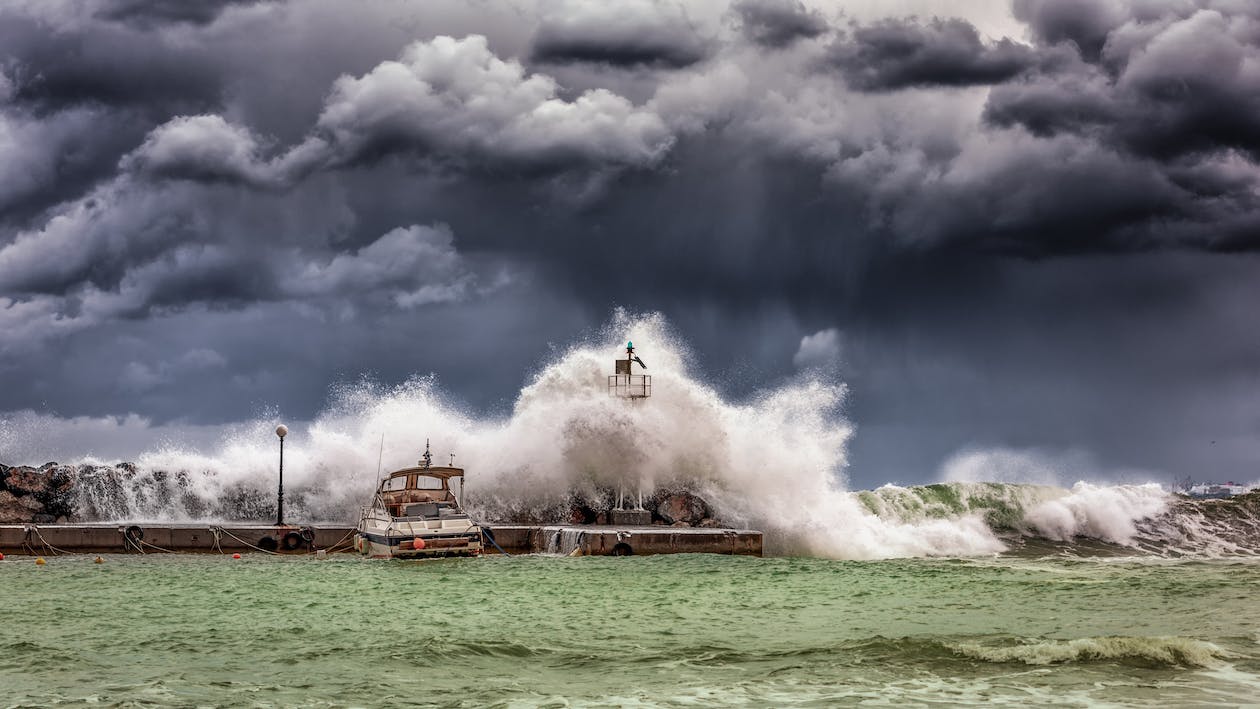A flooded home is one of most people’s worst nightmares. Unfortunately, they are also something that many people have to live with. It s estimated that as many as 40,000 people were told to evacuate during the worst floods of 2021.
In some cases, there is little you can do against the power of Mother Nature. But, that doesn’t mean you shouldn’t try. After all, not all floods are natural disasters. Some are simply very heavy rainfall or even a result of burst pipes.
Here is what you need to do to reduce the impact of floods at home.
Get The Plumbing Checked
The first step is to check your plumbing. The older it is the more likely it is that a joint or even a pipe will spring a leak. That leak can quickly cause flood damage, especially if it happens at night and you are unaware of it.
You should also ensure there are no current leaks and that the pipes are insulated against cold weather. Alongside this, you should have backflow prevention valves fitted. These will help to stop sewage flowing back through your system into your home.
If you need expert plumbers who are ready to help you 24/7, don’t hesitate to contact the Sutherland Shire emergency plumbers.
Install A Pump
The next step is to install a good quality mine dewatering pump. These are submersible pumps that sit in a pit at the lowest part of your home. Any water in your home will head to the lowest point. When the water hits the pump sensor the pump will come on by itself. It can then pump the water out of your house and away through pre-designated pipes.
Providing the pump can remove water faster than it is entering your home, this approach can stop flooding and seriously reduce the amount of water damage your home experiences.
It is worth considering powering this pump with solar power and battery backups. This can help to make sure it will work even if the power is knocked out by the floods.
Look At Gradients
You should also spend some time looking at the gradients outside of your home. If all the surfaces are sloped toward your house then the water is going to head toward your home. This increases the likelihood of floods occurring.
You will need to adjust the gradients and make sure the water is flowing away from your home. It will reduce the likelihood of floods occurring.
Adding Barriers
In an emergency, sandbags are placed around potential water entry points to reduce the flow of water into your home. You don’t need to wait for an emergency to add watertight walls in key areas. They don’t need to be exceptionally high, combined with the right gradients they will simply redirect water away from your home, dramatically reducing the likelihood of floods occurring.
Flood Awareness
It is worth checking your current flood rating. This will show you how likely it is that your home will experience floods. While these precautions should be taken by every homeowner, they are especially important if you are at high risk of floods.
